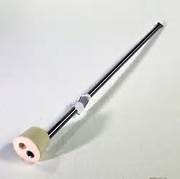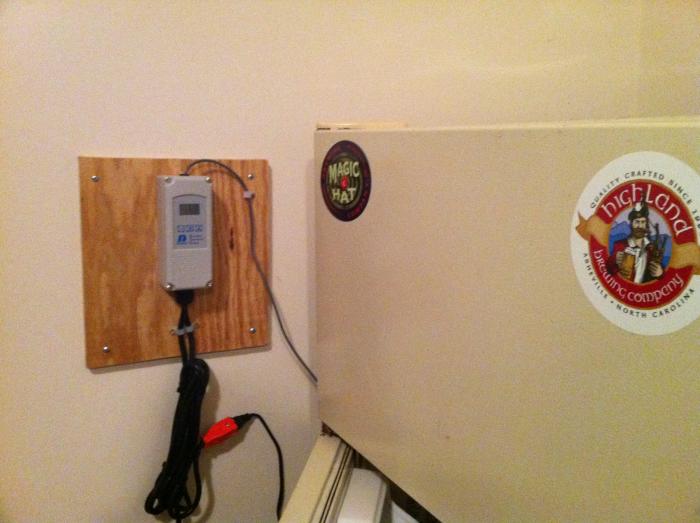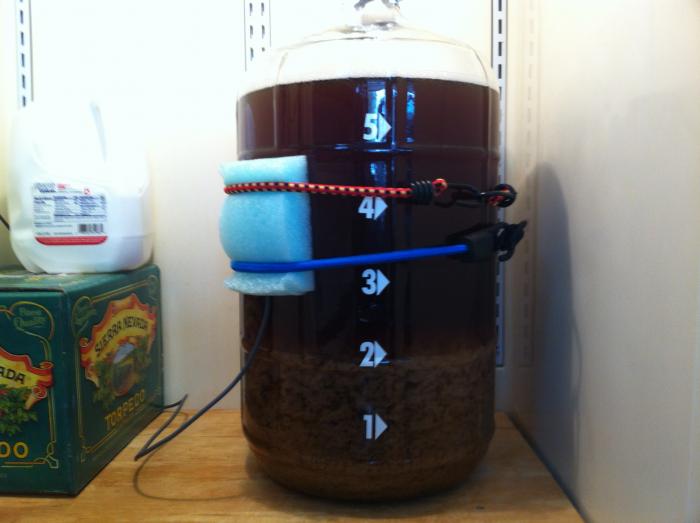I keep reading that the biggest improvement you can make to your home brew is consitent and well controlled temperature during fermentation.
How exactly do you achieve this? Cooling and warming systems aside, the temperature around and on the fermentation vessel is generally accepted as unrepresentative of the temperature of the beer inside.
It would seem the average homebrewer know sthe solution may actually be warmer but by how much, all I seem to find is fairly wild estimates. Does anybody have any sort of system for more accurately estimating the temperature in the middle of the bucket? Either low or hi tech, suprise me.
How exactly do you achieve this? Cooling and warming systems aside, the temperature around and on the fermentation vessel is generally accepted as unrepresentative of the temperature of the beer inside.
It would seem the average homebrewer know sthe solution may actually be warmer but by how much, all I seem to find is fairly wild estimates. Does anybody have any sort of system for more accurately estimating the temperature in the middle of the bucket? Either low or hi tech, suprise me.







